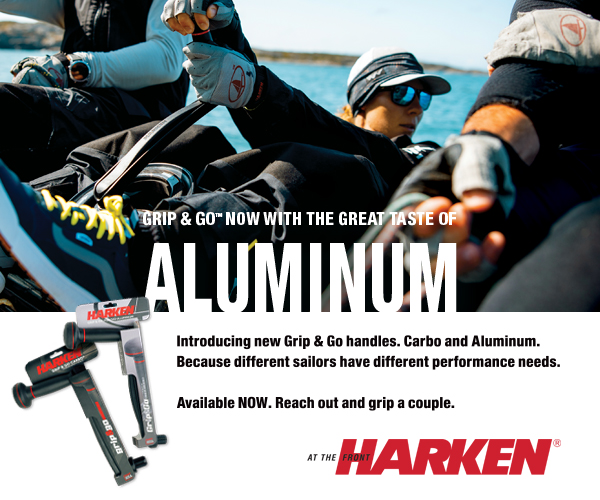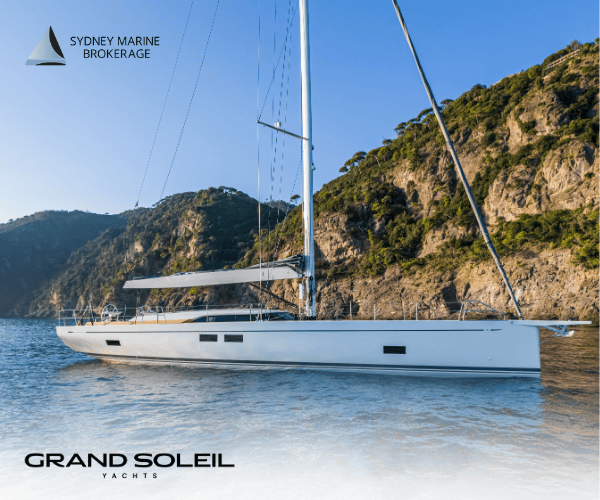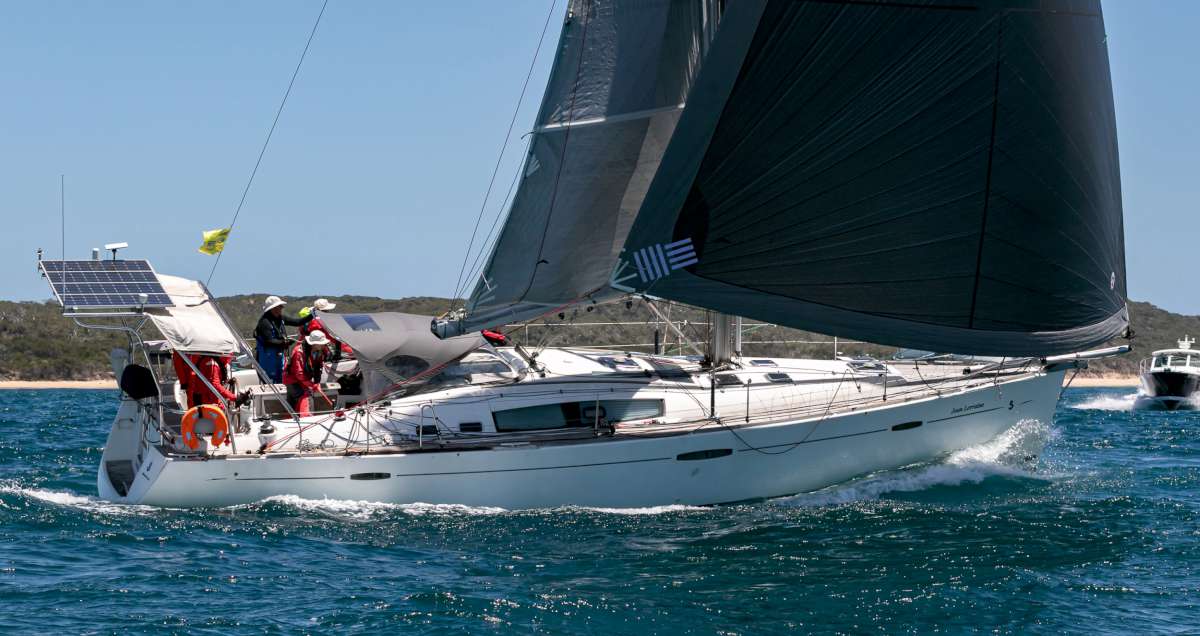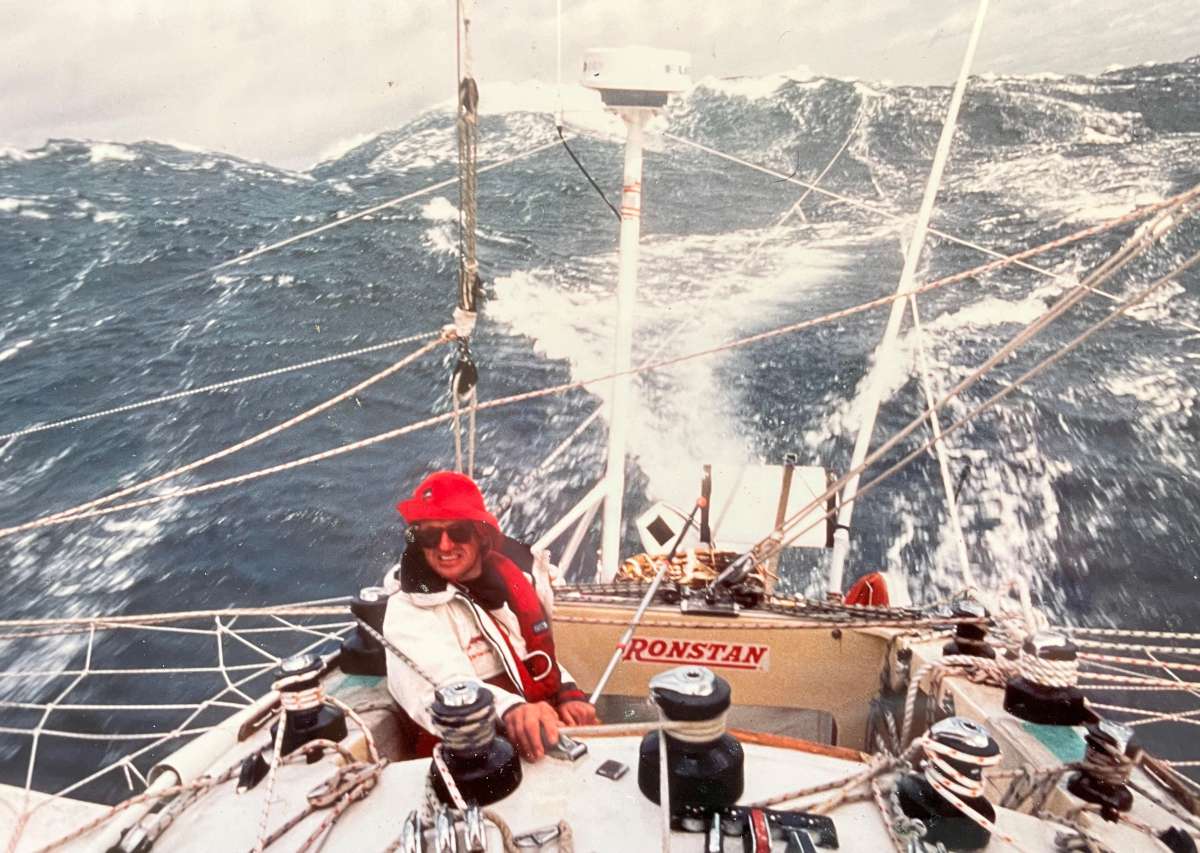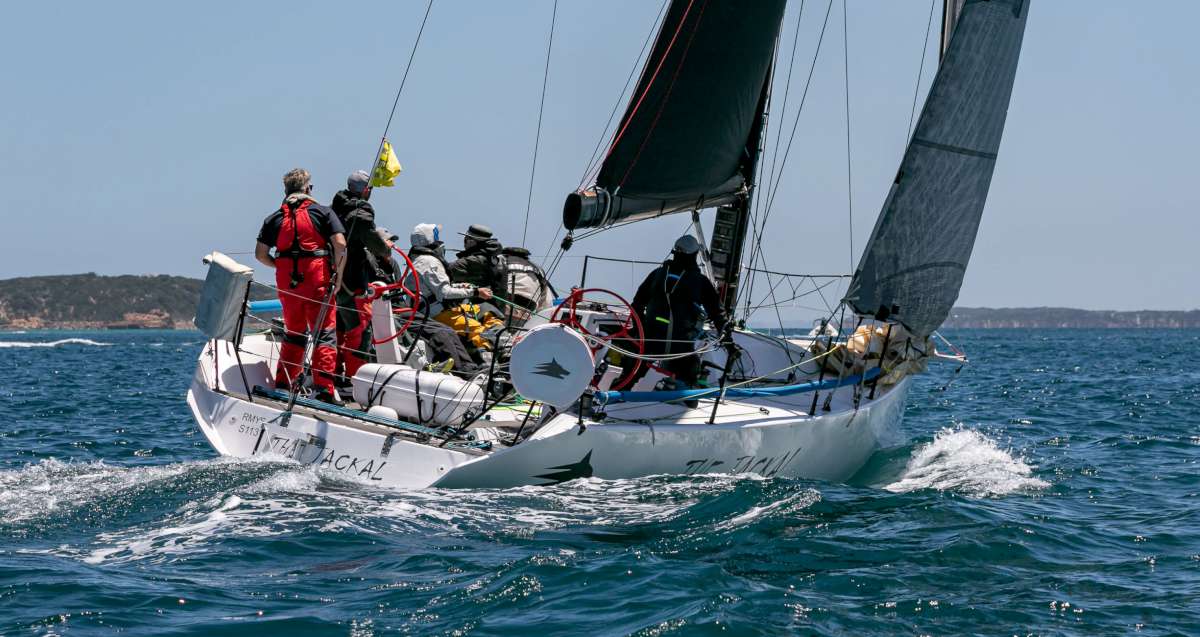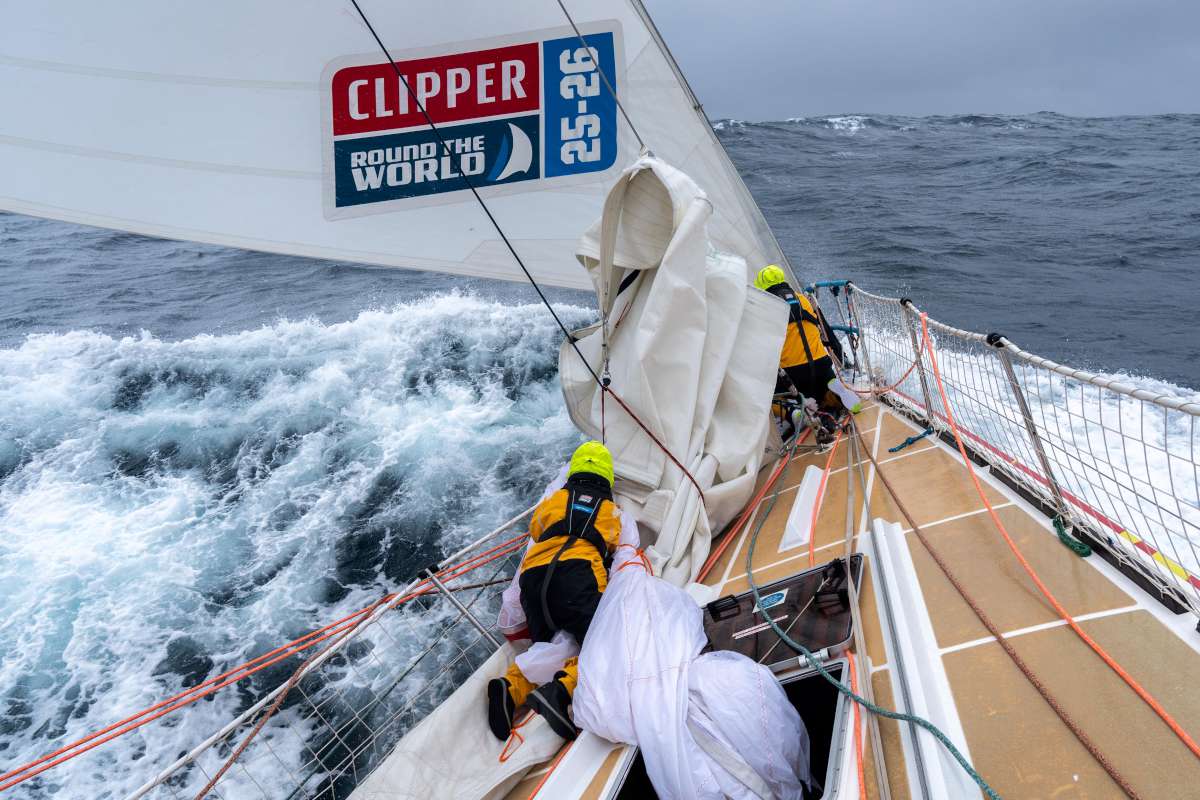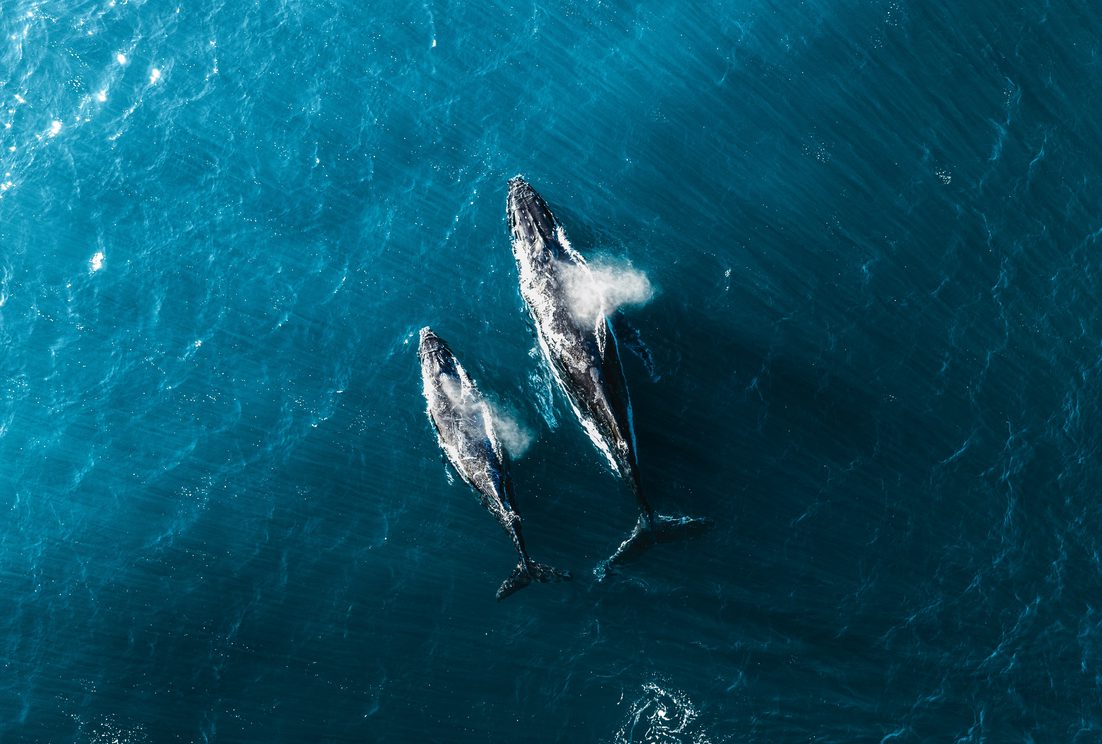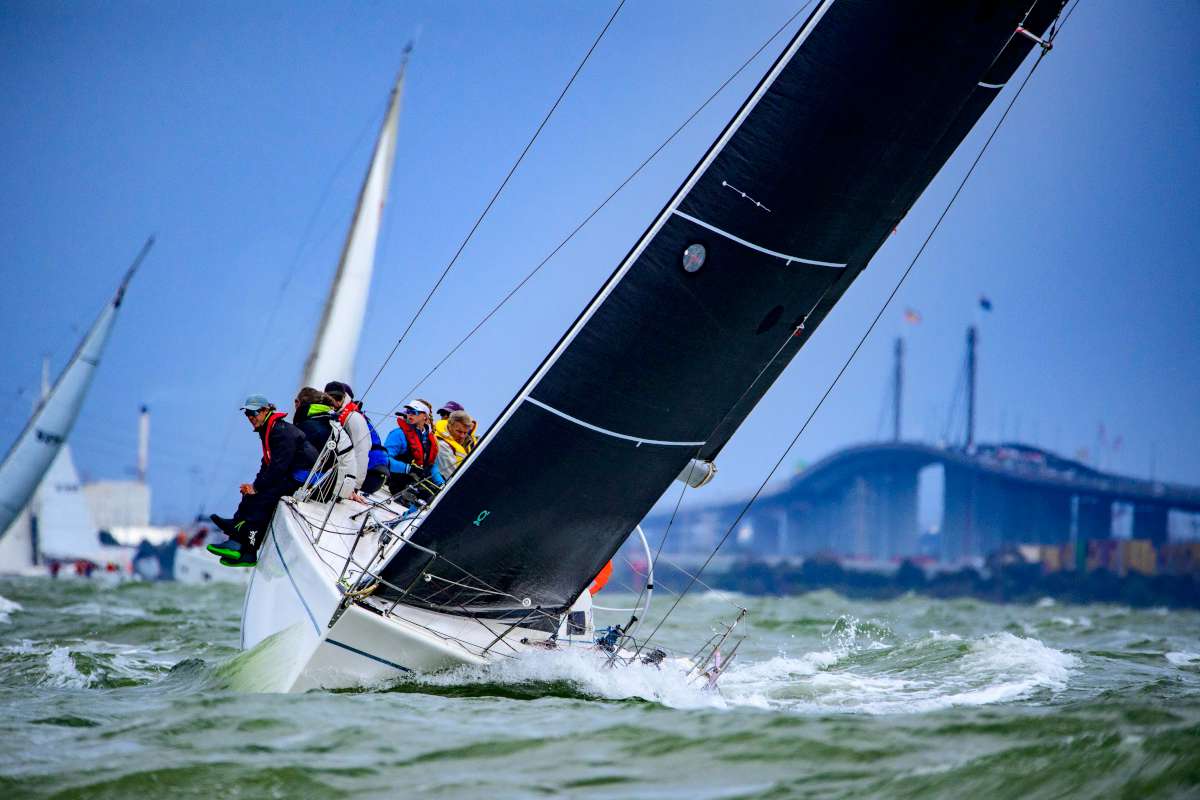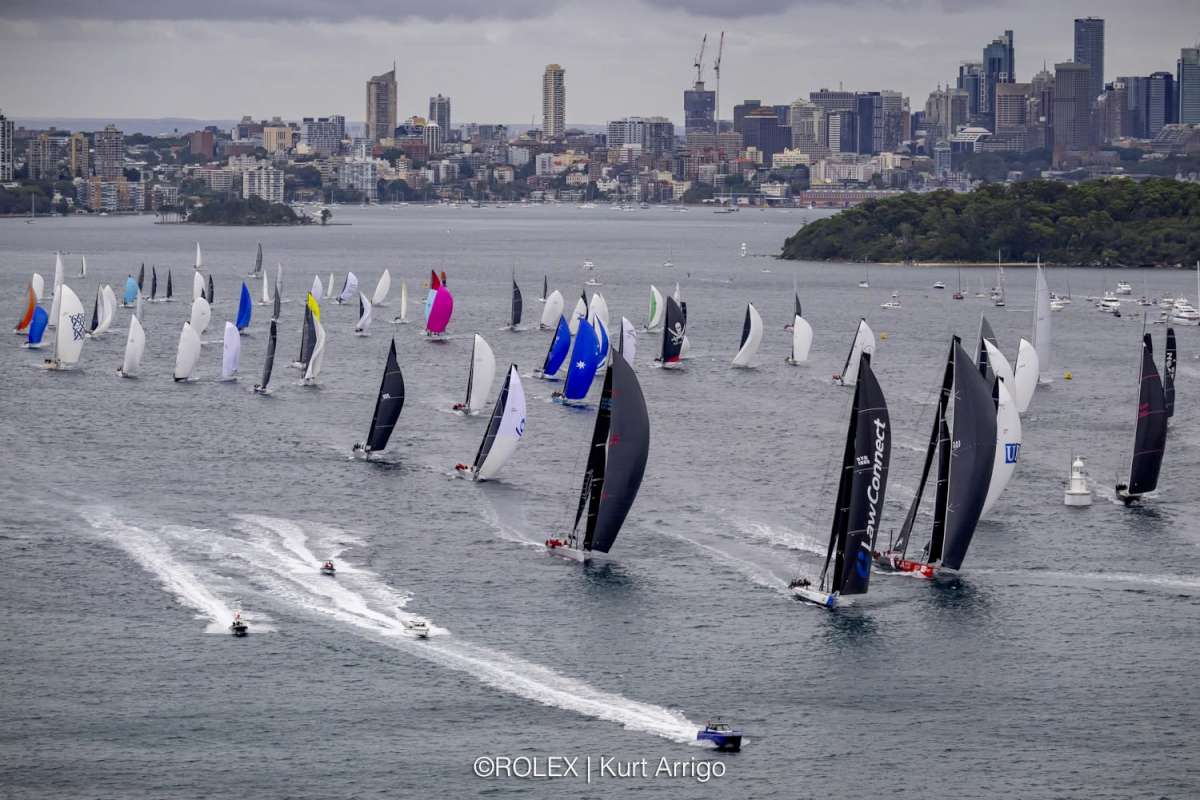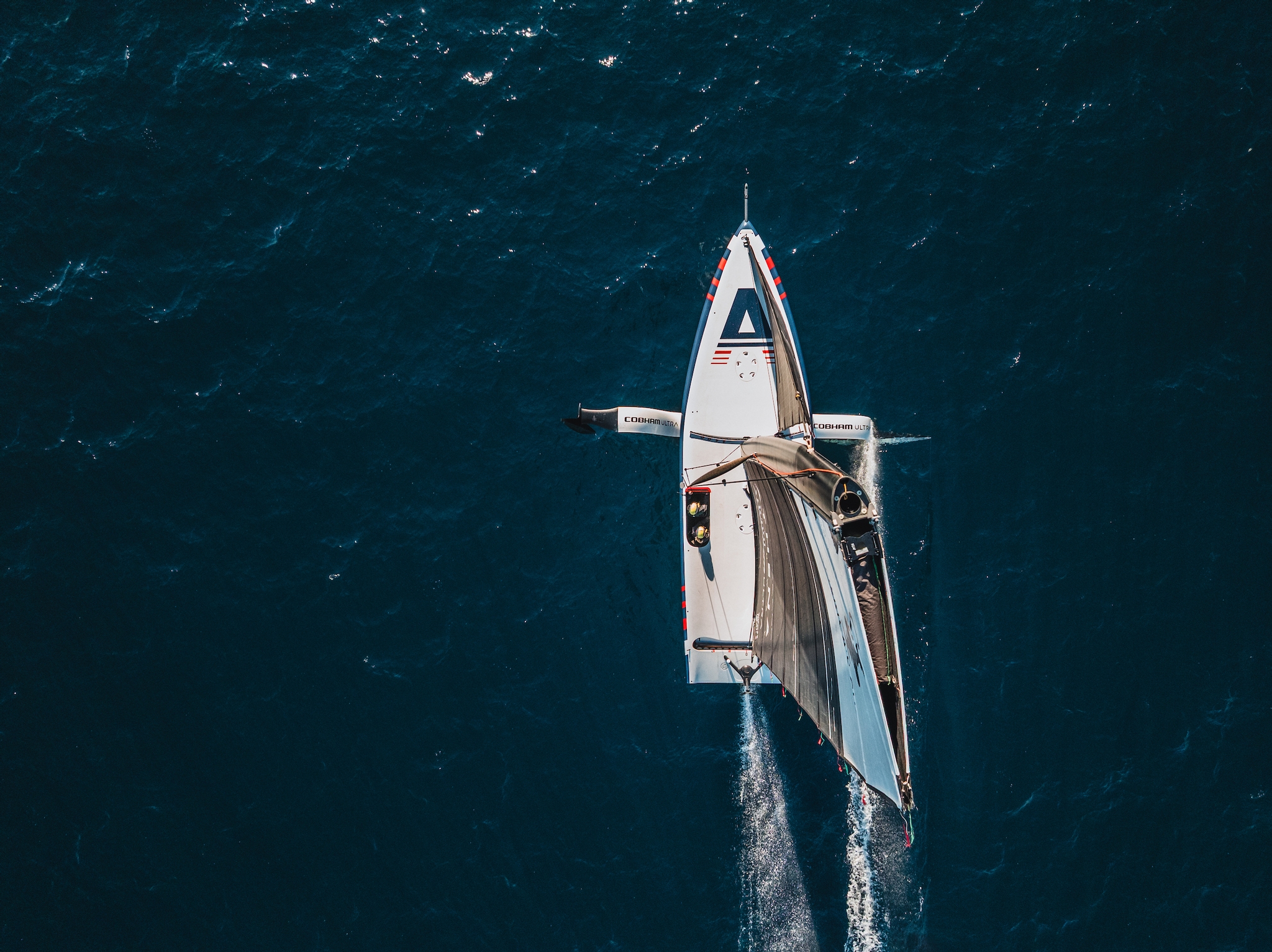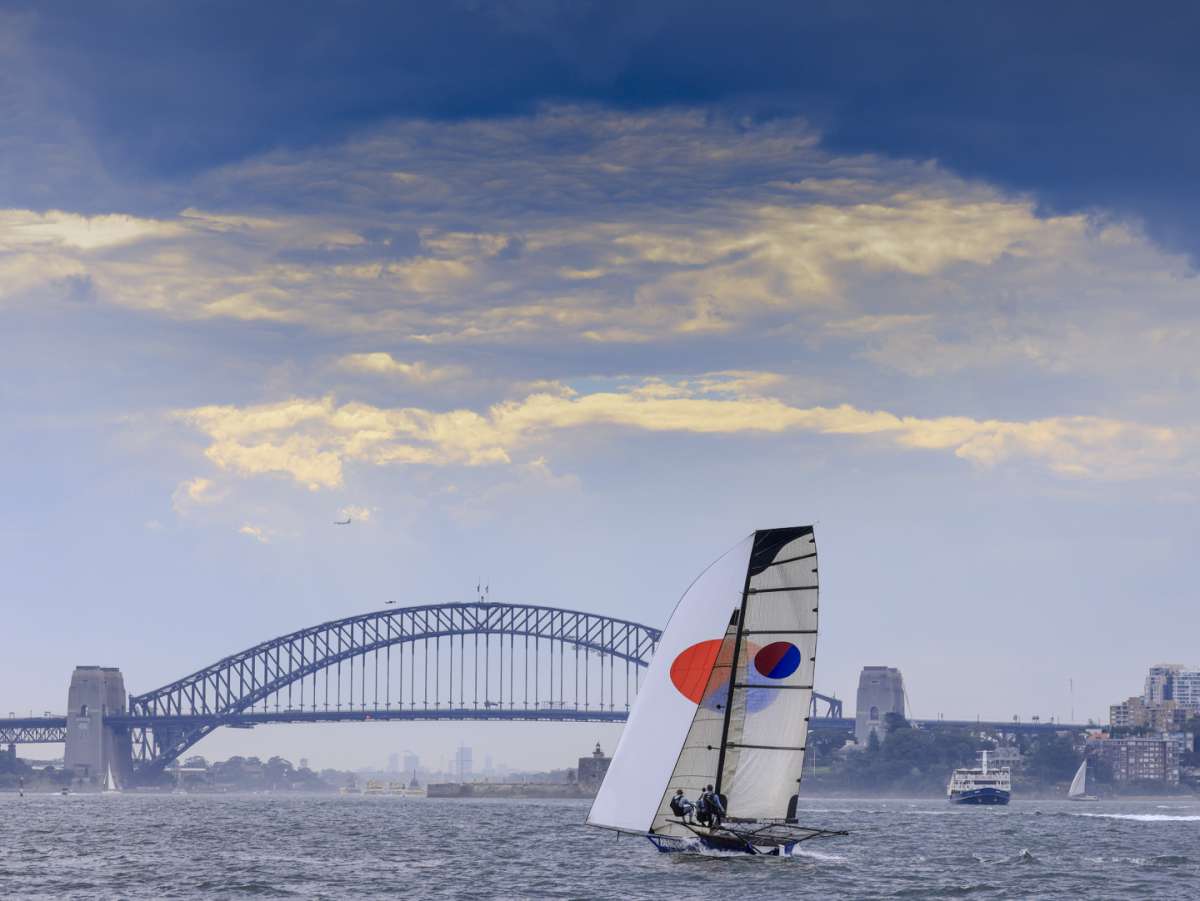Looking for a safe anchorage while sailing the New South Wales coast? After a quick stopover on your rapid journey north or south?
Or are you looking for a quiet out-of-the-way place for memorable beach barbecues, with swimming beaches, fishing, secluded anchorages, dolphins, fresh oysters, views; yet with all the facilities of the big smoke such as restaurants marinas and accommodation? Looking for easy family and crew access, great offshore fishing, five-star and and no-star facilities side-by-side? Maybe you are looking for secluded nudist beaches and bushwalks?
Look no further than the NSW Port of Stephens.
In 1913, when Australia was searching for a capital city that would not offend the political elite of either Sydney or Melbourne, the NSW site known as Port Stephens was one of 16 contenders for the title of national capital. The basis of the argument was that, as a seaport with commercial links, all-weather access, good farming and timber land all close to Sydney, it would be ideal.
In the long run it missed out, but as a result of all the interest a large portion of land around Salamander was resumed by the Federal Government for naval facilities. This turned into a major WWII training base which saw over 20,000 troops trained here for the Pacific counter-offensive to turn back the tide of Japanese aggression. There are excellent military sites on the Tomaree Heights: gun emplacements, radar sites and a torpedo station.
This investement in military hardware resulted in plenty of roads, electricity and infrastructure, so it was a good outcome for the area The VMR base on Point Stephens has an excellent museum of the period and an excellent cafe to back it up.
Port Stephens was first named by a white fella, one James Cook as he sailed by in 1770, four days after leaving Botany Bay. From the masthead James observed an inlet which he discerned was “sheltered from all winds”.
It was subsequently surveyed by Lachlan Macquarie and found to be greater in area than Sydney Harbour. The earliest commercial users were Chinese fishermen who dried and exported their products from the site of Little Beach in the early 1800s.
The original inhabitants, the Worimi tribe inevitably had to adapt or move. The first white settlers were the Cromarty family in 1824, but road access was not until the 1900’s, which still took them only as far as Stockton and onto a boat. The first school opened in 1879 and the Sea Breeze Hotel opened in 1884, it is still on the site. That is some serious history for you!
Getting in
Approaching from the south, you can duck into Fingal Bay for the night if the north easterly breeze is upsetting you.
Fingal is about four mile across, you can get right up to the sandspit and dinghy ashore to investigate the ruins of the original Outer Light remains out on Point Stephens. There is a nudist resort just south of here, but really, with the beaches scarcely occupied, who cares.
Otherwise, for a direct entry to the port just give the lighthouse a good offing and approach as per the chart. Big swells will rise up behind you if it is a southerly. You can choose the northern channel and go around behind the sandbars, or tuck in close to port and stay under Tomaree Head and parallel the shore next to the old military base, which is now a mental health facility. Prime real estate here and word has it from the locals that it is on Lachlan or James’ radar as a site for a future casino.
If coming from the north, you are hopefully coming from Coal Shuttle Bay on Broughton Island, where you safely anchored in five metres of kelp and sandy bottom, while fishing and swimming to your hearts content.
On your left as you enter is Shoal Bay. Stay close in. The tidal flow on run-out is noticeable!
There is a restricted speed zone along here marked by yellow bouys, which also has four or five pink public moorings rated to 20 tonne along its perimeter. If you wish to anchor out it is a bit swell-prone.
If you are shallow draft you can park just inside the yellow bouys at 1.8 metres. Staying outside the mooring zone will see 3m depths.
Getting around
Feel free to take a mooring, dinghy ashore to walk up Mt Tomaree (little brother) and view the vista to the western ranges. You can see as far as Karuah on a good day. The bay stretches about 40 kilometres back. To your north across the channel is Yakaaba (big brother). The two brothers guard the entrance to the bay.
A brisk stroll up the hill takes 25 minutes for the 161m ascent. Take your camera, it is seriously worth it. A younger person would yell out “OMG! How cool is this.” But my age prevents such public displays.
The township of Shoal Bay is accessed from a number of sand steps along the beach. There is a small IGA, the Ramada resort, a bottle shop, lots of coffee and fish shops.
The local sport fishing club has excellent feeds. Vicki and I shared a ‘Seafood stack’ and could not finish it: salad and fish and oysters and prawns on the bottom, then crumbed fish and prawns and oysters, then calamari rings, all interspersed with chippies and held together with skewers. Good luck getting through that without a spill. The feed, including a bottle of red, came in under $80. Try that on the Gold Coast!
Anchored at Shoal Bay, you look to the west to what was Inner Light. This was the inside beacon and now houses the VMR/MR facility, museum and Inner Light Café.
SCUBA divers take note: the seahorses, angler fish, ascidians, red indian fish and sponges on the point are wonderful. Just be careful of the run in-out tide around the head. It is a sanctuary Zone in Little Bay so you cannot anchor. Take a mooring at Little Bay Marina. Call Bob and for $20 you will have a mooring all day. Dinghy ashore. Walk to the VMR café, swim the beach, play with the kids, feed at the restaurant, fish off the beach or wheelchair jetty. Hell, stay all night!
The Marine Rescue crew are happy to have visitors and will show you around the modern complex. They are also first point-of-call for the Volunteer Bushfire brigade call-outs and are responsible for maintaining the local weather station. They even have a marine fire truck, which can attend port and remote area fires.
Around the next headland are three more public 24 hour moorings, leading into the D’Albora Marina. We visited during a gamefish tournament, so berths were precious and limited. Diesel or Hi-ULP is available on a 24 hour system but, during the tournament, you get 15 cents per litre discount so go in during the day and get the deckie to help you. Unfortunately, they do not do gas fills!
There are many restaurants, a pub with excellent feeds, the fish co-op, whale and dolphin watching tours and immediate access to town. The post office and ‘bottle-o’ are up across the street, along with sushi shops and plenty of places to buy colourful outfits. A chandlery, haul-out and engineering shop complete the picture. Great family place with daily fish feeding, access to a plethora of dolphin watching tours, game-fish trips, giant chess set and picnic facilities.
Having fuelled up, you now have a choice. Across to Jimmy’s Beach to avoid the northerly and watch dolphins, or keep heading up and see what happens. If you are a ‘Shagger’ (Shag Islet Cruising Yacht Club) or a ‘Women Who Sail’ (WWSA) you will already have made connections for the Friday afternoon BBQ at the council facilities at Salamander Bay. Anchor out past the moorings in about 8m, dinghy in and you have free gas BBQ’s, toilets and a 2km ride to the local supermarket complex.
Heading westish from here sees you skirting the eastern shore of Soldiers Point, a good anchorage in winter westerlies. Once through the tide-prone narrows, turn left and you will find the marina. We went in just for a gas fill and stayed for breakfast and a look-about.
The fuel and gas station is down the southern end through the moored boats and the current flow under the jetty will either push you off or hold you in depending on state of tide. The marina has flowers in hanging baskets along all the fingers, stainless steel and brass sculptures, a courtesy car, complementary coffee and newspaper in the morning and complementary cocktail in the evening, courtesy push-bikes, a five-star restaurant, a floating coffee shop and some of the marina fingers have covered ‘gathering places’ for the boaties to share afternoon drinks on the water.
Yes, it is expensive but, under the guardianship of Jim, it won the ‘2015-2016 Marina of the Year’. If you want to be pampered in a marina for a few days: this is the one. Jim did not charge for a berth for breakfast and took time out to show me the sculptures.
Go back out and continue to the west and south. Down in Cromarty Bay is Holberts Oyster Farm, which supplies oysters to everywhere. Anchor out and dinghy in to the little slipway on the beach and walk up to the front door.
You can buy in and eat here in covered seating, watch the oyster schuckers at work through the viewing window, purchase a few dozen oysters, fresh or Kilpatrick and take them back to the boat for grilling with a dash of lime and an icy cold beverage.
Further down is Lemon Tree Passage with mechanics, fuel and gas refills. If you head west, out to the Swan Bays both Big and Little, you will have some top fishing.
Or go north and follow the Karuah River up to Karuah, about five miles of quiet motoring.
North Arm Cove has public moorings but is surrounded by suburbia. The reputable and highly recommended Fame Cove is on the north side opposite the marina, protected from everything except westerlies.
There are five public 24 hour moorings and room for another dozen boats to anchor in the 4m deep pool. A family of resident dolphins, the birds, jumping mullet and the eucalypt surrounds all add a certain something.
The sunsets from here are usually outstanding. Popular on weekends with the locals especially during southerlies, but Fame Cove has a typical bush-quiet feel during the week.
Coming out of Fame Cove and back into the bay, with Boondaba Island on your starboard hand, you will find a hill on your north called Pig Hill. There is a nice sandy spit here that is called Piggys Beach, with a clean bottom and good for a swim. I like the security of being able to see clean sand under the hull when I am paddling about, or relaxing in a floating chair, enjoying a refreshing restorative.
Continuing along east and to the north will see you entering Schooner Channel, which leads up past Pindimar and eventually up the Myall River. This is a narrow channel which, after two miles, has a bridge with 7m clearance. Lower-clearance vessels can continue for miles up this system.
Anchoring is tight along here, unless you are happy to park out of the way in Winda Woppa and dinghy the mile up to Tea Gardens for a feed or shopping, or fishing for flathead and bream.
If you bypass the channel and the Myall entrance, you will find yourself at Jimmy’s Beach. Protected from anything from the north but there may be a swell through the heads if anything with a south easterly nature has been about. It is shallow here with a seagrass floor but the local dolphin family will ensure constant attention.
A trip ashore onto the clean sandy beach will see you wandering out to Yakaaba Head over into Providence Bay and its views out to Cabbage Tree Island and Broughton Island to the north. Further walking will see you in Hawk’s Nest in about 2km and the four wheel drive track back to Jimmy’s is but a short voyage of no great exertion
If the gods’ decree that the wind go southerly, it is a 2km jaunt back across to the shelter of Shoal Bay, under the lee of Tomaree.
We spent ten days on the water at Port Stephens and the overall feeling was “we could retire here”.
I am thankful it did not become the national capital: much friendlier the way it is!
Tony Little

